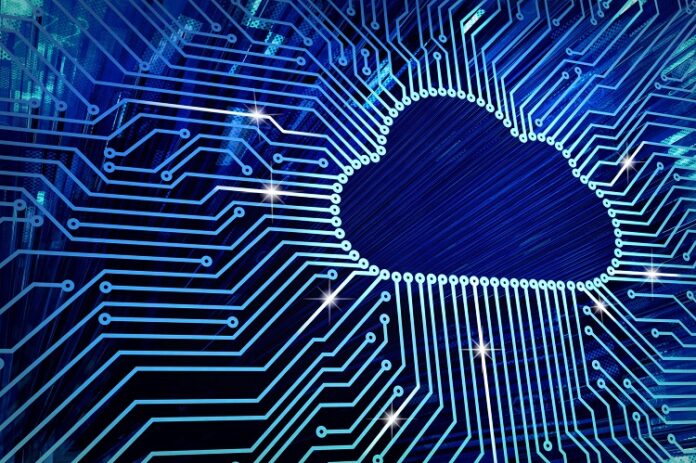Forecasts show worldwide spending on cloud computing will grow by nearly 25% in 2021. These services were on the bleeding edge of technology a few years ago but have become mainstream for many businesses and end-users.
What is cloud computing? Let’s take a look.
What Is Cloud Computing?
Cloud computing means services that get delivered over a network — typically the internet — on an on-demand basis. There are quite a few different types of services that fall under the umbrella of cloud computing, which we’ll get to shortly.
A Brief History of the Cloud
The term cloud computing has been around since the early 21st century but the theory behind it dates back much further. In the 1960s, computer companies rented time on mainframes. This let companies that needed the computing power but didn’t want to buy one themselves take advantage of someone else’s equipment.
While this wasn’t technically a “cloud” setup, the basic idea is the same — renting computing time on a decentralized server.
What Cloud Computing Services Are Available?
There is a wide range of services offered in the cloud. Cloud servers provide storage, networking infrastructure, processing power, and artificial intelligence (AI) tools, among other things.
Any service that can operate over a network connection to the internet can get delivered through cloud computing. There are very few applications that need you to be physically in front of the computer you’re using these days.
Most Common Cloud Computing Models
Cloud computing is an umbrella term that refers to three different models:
- Infrastructure-as-a-Service
- Platform-as-a-Service
- Software-as-a-Service
Each model offers services at different layers of computing needs.
Infrastructure-as-a-Service
Infrastructure-as-a-Service (IaaS) is about the basic building blocks of computing. IaaS includes renting cloud storage, servers, and networking infrastructure.
Moving your infrastructure into the cloud makes it easier to innovate while reducing both deployment time and the ongoing cost of maintenance.
Platform-as-a-Service
Platform-as-a-Service (PaaS) is the next step up the computing ladder. As well as the underlying infrastructure, PaaS includes tools that developers need to build applications.
Companies like www.turbonomic.com help deploy tools like database management, operating systems, and development tools that give developers the ability to build end-user software.
Software-as-a-Service
Software-as-a-Service (SaaS) is the top level of the cloud. SaaS in cloud computing is the software that people use over the internet.
Tools like Google Docs and Microsoft Office 365 are SaaS services that work in the cloud. The type of computer you use is irrelevant as long as you have access to a web browser and an internet connection. SaaS applications can work on everything from desktop PCs with large displays to smartphones that fit in your pocket.
Don’t Overlook the Benefits of Cloud Computing
Now that you have an answer to the question, “What is cloud computing?”, you can make a more educated decision about whether it’s the right solution for your needs. Just make sure you weigh the benefits against the costs before making your choice.
Check out the Technology section of our site for more interesting articles about the latest in high-tech.


